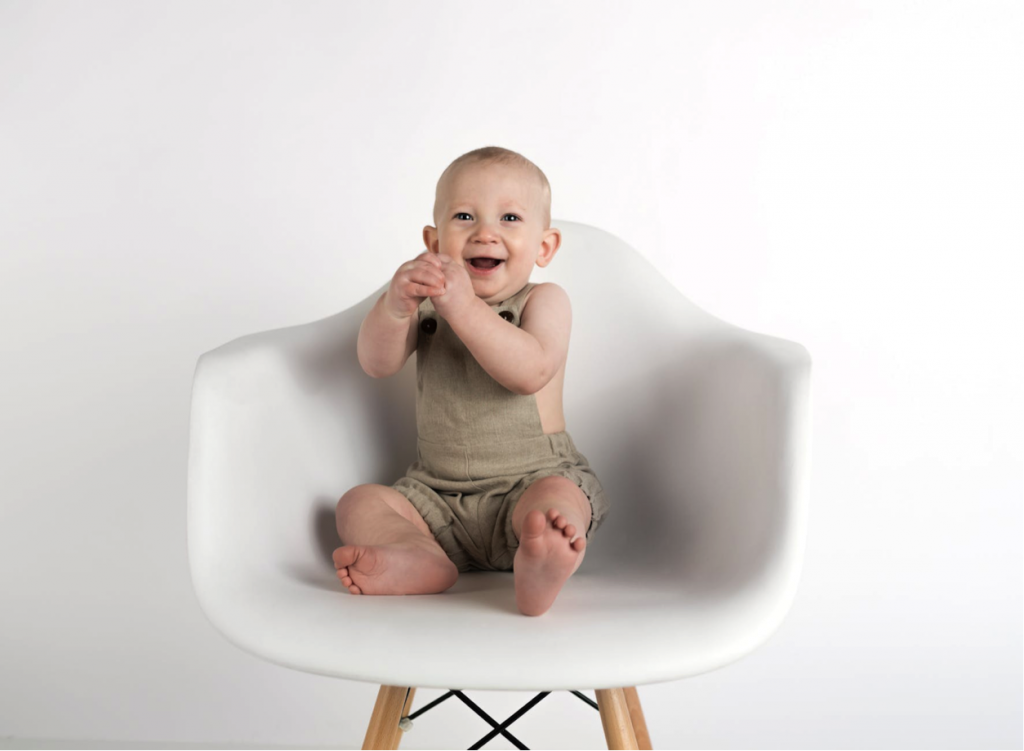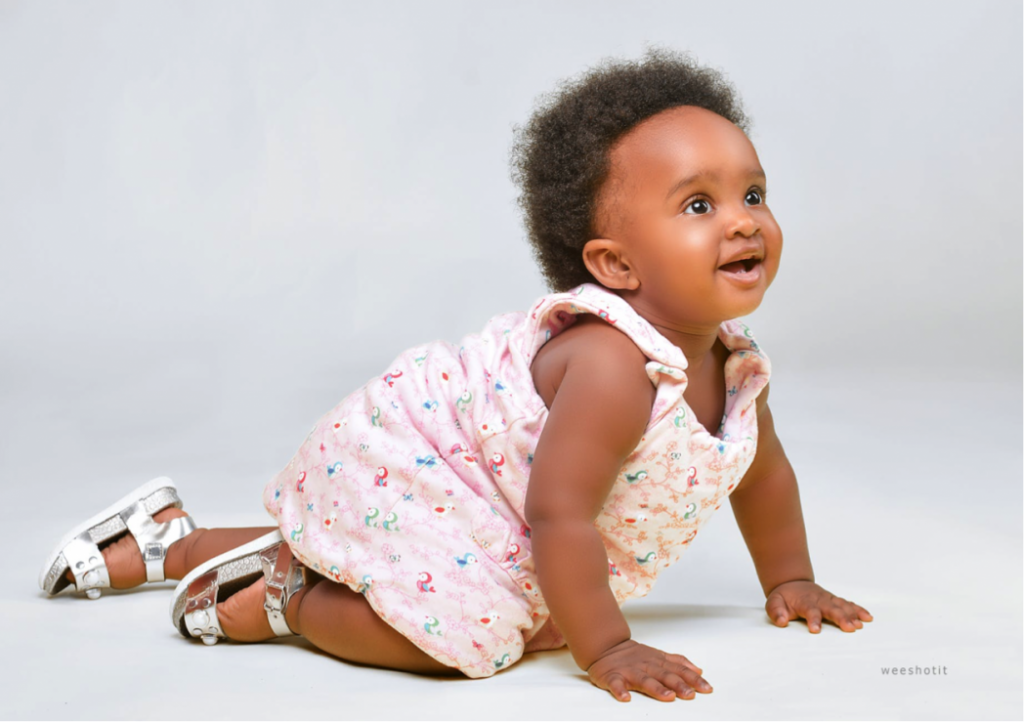Watching your baby hit all of the different development milestones is exciting. There’s no strict timeline, although there are general ages when you can expect them to start doing some new things. Of course, while many of the new things they start doing are a delight to watch, it also means they’re getting closer and closer to being able to run about on their own. Some milestiles are new skills that your baby will simply pick up in the course of things, but there are also others that you might want to prepare for and even help them work toward.
Reaching and Grabbing
Newborn babies will automatically grab onto things due to the reflex that they have when they’re born. It’s always sweet to see those tiny fingers curl around one of your own. But it’s not until around three to five months old that babies start reaching and grabbing for things that they want. This skill will slowly develop as they start to see more and they become capable of recognizing and following faces and objects. Their hand-eye coordination develops too as they start to use both hands and eyes together to interact with the world around them.
If you want to be prepared for this, start thinking about the things you don’t want them to grab. Keep your baby safe by ensuring they can’t pull things off tables or pick up random objects from the floor (which will inevitably end up in their mouth).

Sitting Up
It takes a while for babies to be strong enough to sit up on their own and hold their balance. By about six or seven months, they will likely be sitting up without support but they could start sitting as early as four months or as late as nine. Before this, they need to learn to support their own head, which requires the development of the muscles in their neck and trunk. Plenty of tummy time helps babies to strengthen the muscles they need to sit. Learning to sit takes practice, and babies will learn in several stages. Helping them to sit with support will give them the chance to develop the balance that they need.
Rolling Over
Once you’re baby starts to roll over, it can strike fear in you. They can now move independently, even if they can only move from their back to their tummy. You’ll need to be extra careful that your baby can roll over while staying safe. However, your baby could start rolling over any time, generally from around five to seven months. To start preparing for baby to roll over, be careful to hold onto them when they’re on the changing table or other high surfaces. You can help to encourage rolling over with tummy time and plenty of interaction to help them build the right muscles. It’s also a good idea to think about keeping your baby safe in bed. Although you should put them to sleep on their back, you can’t stop your baby rolling over. Use a breathable mattress and ensure there are no hazards in their crib.
Crawling
When your baby starts to crawl, that’s when they’re really going to be on the move. You’ll be amazed by house fast they can go, even when just doing an “army crawl”. A crawling baby can start to get into anything, so this is when you really want to make sure that your home is baby-proofed. It’s time to perhaps try to be a little tidier and ensure there is nothing on the floor that could end up in your baby’s mouth that shouldn’t be there. You should also install baby gates on stairs and perhaps certain rooms of the house, such as the kitchen, put covers over empty power outlets, and tidy up cables. Babies tend to crawl or move around in other ways at around nine months or possibly earlier, so be ready.
Walking
Your baby’s first steps are a much-anticipated milestone. You’ll know if they’re on their way because baby will start with standing up and then traveling around by holding onto things for support. Eventually, they will be confident enough to let go and walk unaided. When your baby is getting ready to walk, you can help by giving them lots of things to hold onto within reach of each other. A walker or bouncer can be fun, but spending too long in them could actually delay walking due to encouraging babies to be on their tiptoes too much.
Extra child-proofing might be needed once your baby is walking. Consider installing window guards, making sure breakable items are out of reach, securing picture frames and other wall hangings and perhaps using corner guards on furniture. Babies don’t need shoes when learning to walk inside, so bare feet are best for getting a good grip.
Solid Foods
Eating solid foods is something you can start your baby with relatively early, or something that you can leave until later. Some parents introduce solids as early as four to six months, while others wait until their baby shows more interest. Baby-led weaning allows your baby to take the lead and decide what they want to eat. There are various approaches to introducing solids to your baby, but many parents will start with pureed and mashed foods that are soft and easy to swallow before moving onto other things. You can let your baby explore different textures and tastes to get familiar with different foods.
Talking
Simple words like mama and dada might be uttered from your baby’s mouth as early as six months old. At around a year old, they will start to repeat words that they hear. There are lots of things you can do to prepare your baby for talking and encourage communication. Some parents even choose to use baby sign to help their baby communicate before they can form words. To encourage talking, you need to talk to your baby, even long before they are capable of doing it themselves.
Being ready for your baby’s key milestones and helping them along can be extremely rewarding. In some cases, it can also help to keep your baby safe.







